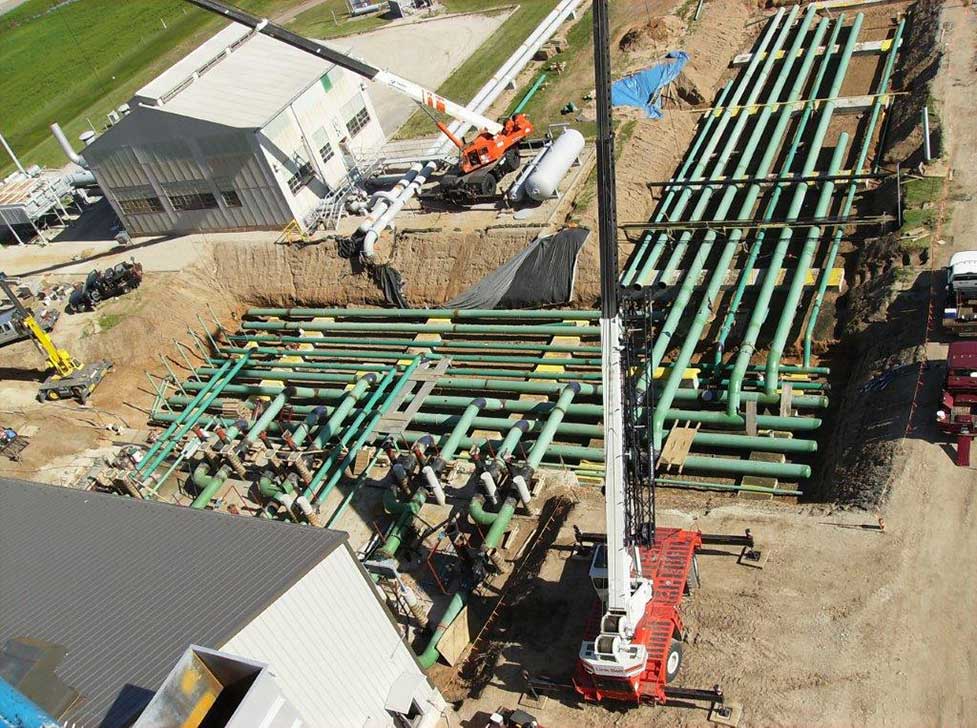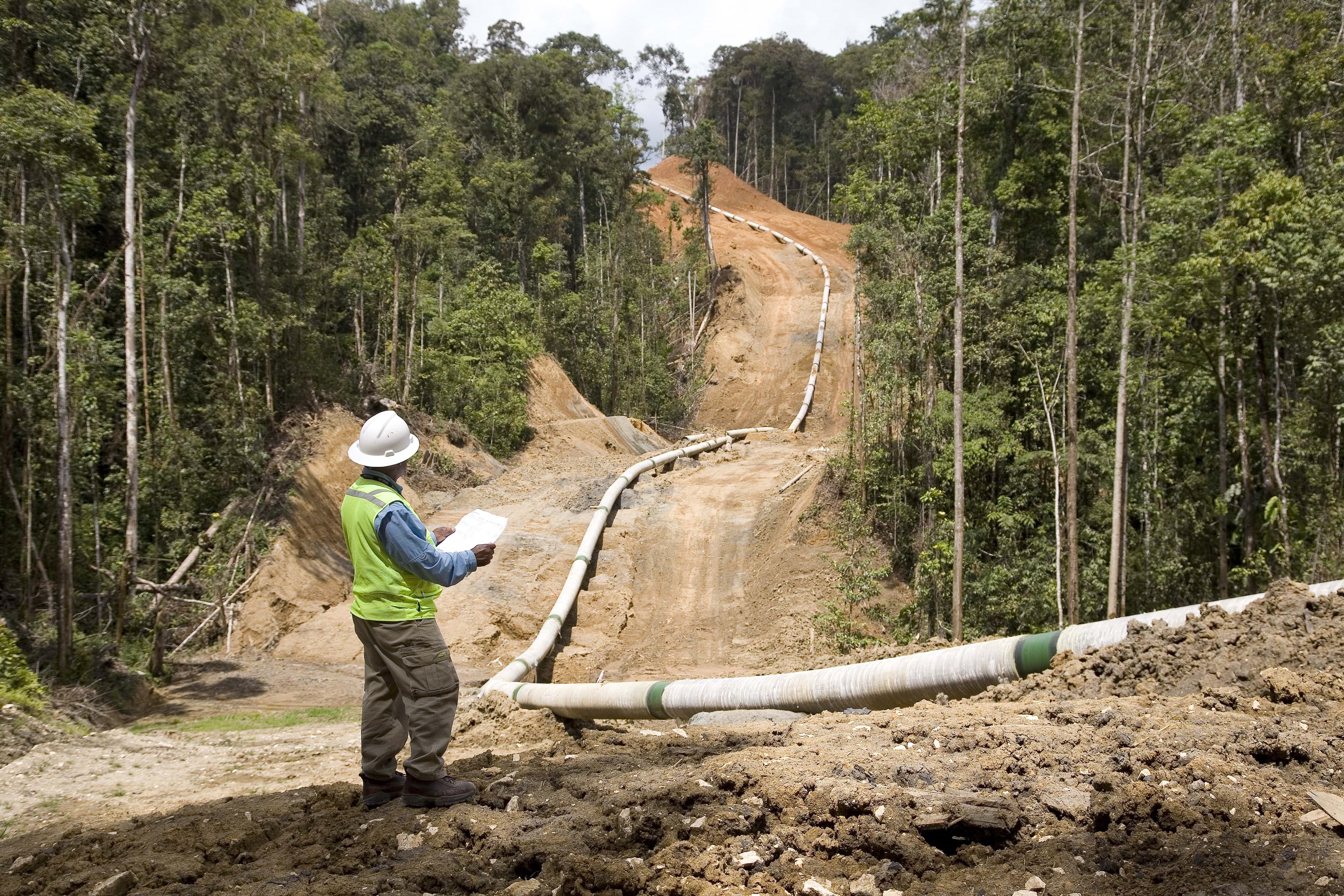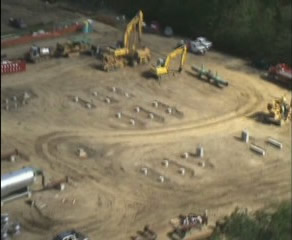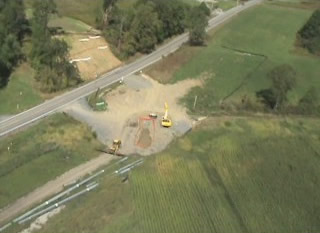We provide full service support to your Oil and Gas pipeline project


Natural Gas Distribution Facilty
How Does the Natural Gas Delivery System Work?
Gas flowing from higher to lower pressure is the fundamental principle of the natural gas delivery system. The amount of pressure in a pipeline is measured in pounds per square inch. From the well, the natural gas goes into "gathering" lines, which are like branches on a tree, getting larger as they get closer to the central collection point.

The Transmission System
From the gathering system, the natural gas moves into the transmission system, which is composed of about 272,000 miles of high-strength steel pipe ranging from 20 inches to 42 inches in diameter.
These large transmission lines for natural gas can be compared to the nation's interstate highway system for cars. They move large amounts of natural gas thousands of miles from the producing regions to local distribution companies (LDCs). The pressure of gas in each section of line typically ranges from 200 pounds to 1,500 pounds per square inch, depending on the type of area in which the pipeline is operating. As a safety measure, pipelines are designed and constructed to handle much more pressure than is ever actually reached in the system. For example, pipelines in more populated areas operate at less than one-half of their design pressure level.
Equipment Inventory
Its common practice for oil and gas companies to make regular inventory assessments of equipment for contract cost control, verifiable work in progress and in the unfortunate scenarios of machinery theft.
We can move personnel to and from various jobsites to increase work productivity.
Active right of way (ROW)
Our helicopters can quickly cover vast sections of pipeline documenting the various stages of completion for your project. We have aircraft mounted Flir/HD cameras for detailed imaging. In many instances high quality still photos are the preferred method due to the detail.
